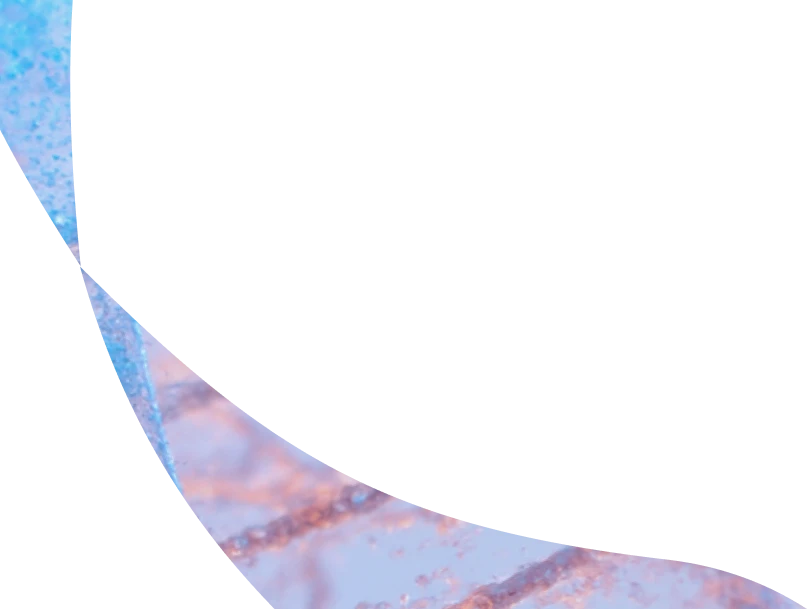Medical Telescribes — What Industry Trends Tell us
If we look at the narrative arc of healthcare in general, and telescribe solutions in specific, it’s clear that things are moving in one direction: more tech powered, more automated. But, the industry of medical scribe solutions keeps trying the same things hoping that the next, slightly tweaked iteration will do the trick.


For years medical experts have been discussing the impending proliferation of telehealth and its potential to increase care accessibility to underserved groups, but nobody could have predicted a crippling global pandemic to be the catalyst for such immediate change. In an instant, the entire healthcare industry was thrust into the deep end of telemedicine practices.
The medical telescribe industry is just one of the many ships caught in the rising tides. As is the case with many telehealth-adjacent companies, the use of medical telescribes has been trending upwards ever since the introduction of the HITECH Act and widespread EHR implementation. But such a swift and giant leap was one that nobody envisioned.
What is a medical telescribe?
Medical telescribes are virtual aides that support a physician's workflow by augmenting many of their administrative tasks. Usually, medical telescribes are unlicensed assistants who tune in to a patient encounter through a secure audio or video channel and help a physician with documentation, charting, and EHR entry.
Get the Free eBook: The Complete Guide to Medical Documentation Solutions
History and Trends
Since the implementation of the aforementioned HITECH Act, care providers have been scrambling to find a solution that relieves them from their mountains of clerical work. In-person scribes were the first industry to accelerate in the wake of these policies, with the number of U.S.-employed scribes jumping from 20,000 to 100,000 between 2016 and 2020 alone.
This quick industry-wide spike led to some problems, most notably in regards to cost and unintentional malpractice (“functional creep”). These hurdles pushed some providers to adopt emerging dictation tools or transcription services, but the alternative that has recently gained most traction is virtual medical telescribes.
Virtual medical telescribes, compared to their in-person counterparts, are cheaper and can be more secure. Their roles are often more regulated and managed, and as such have better methods of preventing functional creep. But due to domestic labor costs in the US, many medical telescribe companies are outsourcing their labor to countries overseas where reduced costs make them more financially advantageous for providers.
These outsourced telescribes, however, present their own unique set of challenges. Turnaround times for documentation can be unrealistic, and while functional creep is diminished by going virtual, there are increased security risks as they relate to data transmission and lack of standardized training.
Now, some telescribe companies are back to hiring domestic employees, despite costs, because of better control over data security and training practices. This soft reset of the telescribe industry is great for aspiring medical professionals in the US, who historically used scribing as a way to gain valuable industry exposure (and a résumé booster), but it also breathes new life back into some of the same old issues that shifted the industry internationally in the first place.
Pitfalls of Medical Telescribes:
Costs
The average scribe salary at the leading medical telescribe companies here in the United States is just over $31k per year (or $15 per hour). While some larger healthcare institutions may be able to shoulder these costs, it’s much more difficult for smaller practices to adopt such expensive scribe solutions. Furthermore, many care providers must pay out of pocket for any third party scribe or documentation aid that they wish to employ. At $31k per year, that’s not a figure everyone can afford.
Cybersecurity and Data Transmission
As telemedicine practices increased during the pandemic, so did the number of security breaches and hacking incidents. One study of patient data breaches showed that reported security incidents rose by 42% and affected 31 million patients in 2020 alone. While these issues face the broader industry of telehealth and telemedicine, it’s important to consider how medical telescribes may also fall victim to cyber attacks. From “Zoombombing” to mining patient data from telescribe portals, data transmission is an ever-present and growing threat.
Failure to Get Ahead of Trends
Obviously, the swift adoption of telehealth practices during the pandemic were born out of necessity, and generally worked very well given the circumstances. Our care providers deserve all of our thanks and much more for what they were able to pull off during the industry’s most challenging year.
That being said, one of the best ways to thank them for their efforts would be to design telemedicine solutions that not only fit their existing needs, but address the needs that are looming as healthcare evolves to be more online and tech focused.
If we look at the narrative arc of healthcare in general, and scribe solutions and documentation tools in specific, it’s clear that things are moving in one direction: more tech powered, more automated. But, the industry of medical scribe solutions keeps trying the same things hoping that the next, slightly tweaked iteration will do the trick.
It won’t.
Not because they are not great tools, or because they don’t work. They are, and they do. But they fail to address the trends, fail to zoom way out to 30,000 feet and think creatively on how to solve the problems that plague physicians.
What is the problem?
The problem is that care providers are tasked with too much administrative work. Period.
The advent of the EHR and it’s related documentation requirements are turning our doctors into data clerks and is one of the primary reasons that 42% of all physicians report burnout.
What is the solution?
Medical telescribe companies take the same approach to this problem as many of the other popular tools and devices on the market. In almost all cases, these solutions only help patch one aspect of the larger problem.
Medical scribes and telescribes help relieve note taking. Transcription services help relieve typing. Advanced dictation devices help relieve data entry. But no tool up until now addresses all of those problems all in one.
DeepScribe is that tool. Our device totally automates note taking, documentation, and EHR data entry.
Powered by advanced artificial intelligence, DeepScribe can listen in on a patient encounter the same way a telescribe does and produce faster and better notes. Our device extracts all medically relevant information from natural conversation and integrates it into any EHR software so that all a physician needs to do is review and sign off at the end of the day.
Rather than attacking one element of the problem, we’re addressing a physician's entire workflow — working to transform how information is gathered and logged, all while letting the individual care provider get back to providing intentional, engaged care.
The trends show that healthcare is ready to take that leap. The amount of flip flopping from one scribe solution to the next is evident that the search for that perfect tool is on. But the answer lies in cruising up with us to 30,000 feet, looking down upon the entire industry, and imagining a tool that can transform all of it in one fell swoop.
text
Related Stories
Realize the full potential of Healthcare AI with DeepScribe
Explore how DeepScribe’s customizable ambient AI platform can help you save time, improve patient care, and maximize revenue.




